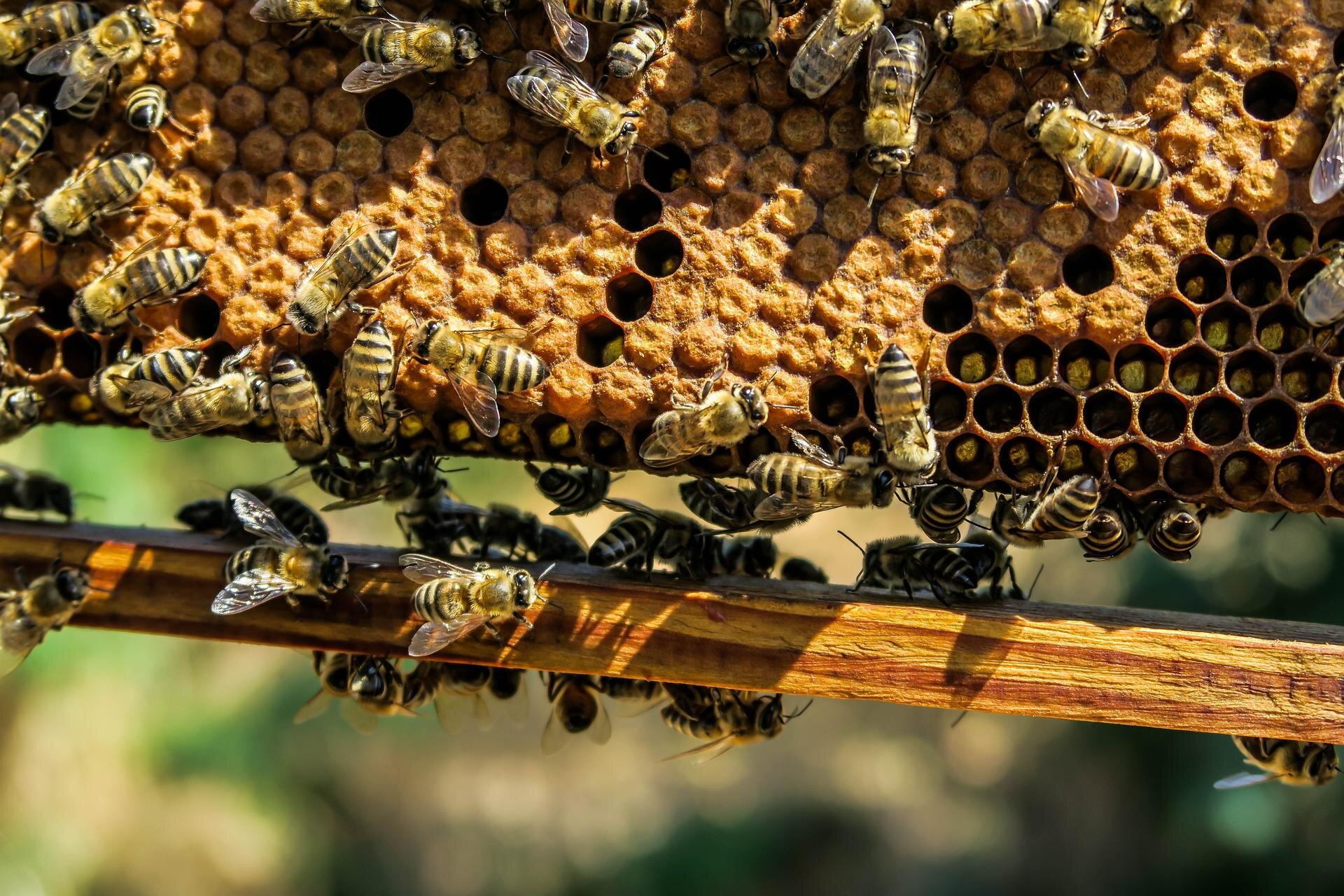

After discovering the honeybee-killing parasite Varroa destructor in Newcastle late last week, New South Wales authorities have acted quickly to try to stop the spread.
Hive “lockdowns” are in place (banning movement of hives across the entire state), and hives within 10 kilometer buffer zones of infested locations are being destroyed.
Millions of bees have been killed in the past week alone, with the parasite discovered at eight sites so far—some up to 100 kilometers away from Newcastle. Two buffer zones have been established—one in Newcastle and another on the Mid North Coast.
But to contain Varroa destructor, authorities will need to consider not just how they can control its spread within populations managed by beekeepers, but also within Australia’s feral honeybee population.
Our research was the first to quantify the density of feral honeybees across different landscapes in Australia at scale using genetic techniques and computer modeling.
Using our models, it is likely there are between 300 and 1,000 feral colonies that authorities now need to find and eradicate across hundreds of square kilometers, within just a few weeks.
It’s a huge, but vital, task.
A tiny killer
Varroa destructor is a tiny mite about the size of a sesame seed that feeds on honeybees, transmitting viruses in the process. Varroa affects the ability of honeybees to fly, gather food and even emerge from their cells to be born.
The parasite is the biggest threat to colonies worldwide, and Australia (so far) is the only continent that has managed to stay free from it.
While the parasite’s arrival on our shores has always been a matter of “when” not “if,” it remains important we do everything within our power to stamp it out.
About one third of Australia’s food production relies on pollination by honeybees, including almonds, apples and avocados. Our honey industry is worth around $A100 million a year.
Failing to eradicate Varroa destructor will not only impact the clean, green image of the Australian beekeeping industry, but also put more upward pressure on the prices of our fruit, vegetables and nuts, which are already at record highs.
Authorities will need to consider how they can eradicate the parasite, both within the highly-migratory managed honeybee populations and the difficult-to-locate feral populations.
Australian beekeepers move their hives sometimes thousands of kilometers every year, helping farmers pollinate their crops. Continuing this agricultural service without spreading Varroa destructor is going to be challenging.
The annual almond pollination in north-west Victoria, which is due to start in a matter of weeks, will be the first test. Beekeepers across the country are discussing how hives can be moved across state borders without creating a “super-spreader” event.
However, all this effort will be in vain if the parasite is also spreading in feral populations—and in all likelihood, it is.
In our research, we found that feral honeybee colonies are distributed with remarkable uniformity. Working with researchers from the University of Sydney, we introduced virgin queens into survey areas to seek out feral drones (male bees) and mate with them.
The brood were then collected and genetically analyzed at the University of Sydney.
We developed agent-based models of the mating system (computer models based on individual bees), to work out how the level of genetic diversity observed in the brood translated to densities of feral colonies in the area surveyed.
Using these models, our mid-range estimates indicate that there could be between 0.3 and 0.9 colonies per square kilometer in the vicinity of the Port of Newcastle.
Finding them is going to be tough. But this isn’t the first time Australian authorities have had to seek out and eradicate feral colonies of honeybees. Since the incursion of the Asian honeybee (Apis cerana) in Cairns in 2007, authorities have located and destroyed more than 800 hives.
The eradication of managed hives within the buffer zones will help. Once this has been done, sightings of honeybees within the buffer zones are increasingly likely to be sightings of feral colonies.
However, this isn’t guaranteed—worker bees from managed colonies outside the buffer zone may forage at ranges of four kilometers or more.
Authorities can call on the people of Newcastle for support by reporting sightings, and will no doubt be doing this in the coming weeks.
One thing working in authorities’ favor is that it’s winter in the Southern Hemisphere, when honeybees are at their least active.
As the weather warms up in spring, the honeybees will start foraging more actively—increasing the risk of spreading between colonies—and they will also swarm and mate.
This means there’s a narrow window of opportunity to eradicate the feral honeybees in the biosecurity zones. And acting quickly now will save much more pain later.
Spider venom could be key to stopping devastating honeybee mite
Jonathan Arundel et al, Modelling honey bee queen mating as a measure of feral colony density, Ecological Modelling (2012). DOI: 10.1016/j.ecolmodel.2012.08.001
Jonathan Arundel et al, Modelling estimates of honey bee (Apis spp.) colony density from drones, Ecological Modelling (2013). DOI: 10.1016/j.ecolmodel.2013.07.008
Jonathan Arundel et al, Remarkable uniformity in the densities of feral honey beeApis mellifera Linnaeus, 1758 (Hymenoptera: Apidae) colonies in South Eastern Australia, Austral Entomology (2014). DOI: 10.1111/aen.12085
University of Melbourne
Citation:
Feral honeybees key to controlling deadly parasite (2022, July 13)
retrieved 14 July 2022
from https://phys.org/news/2022-07-feral-honeybees-key-deadly-parasite.html
This document is subject to copyright. Apart from any fair dealing for the purpose of private study or research, no
part may be reproduced without the written permission. The content is provided for information purposes only.